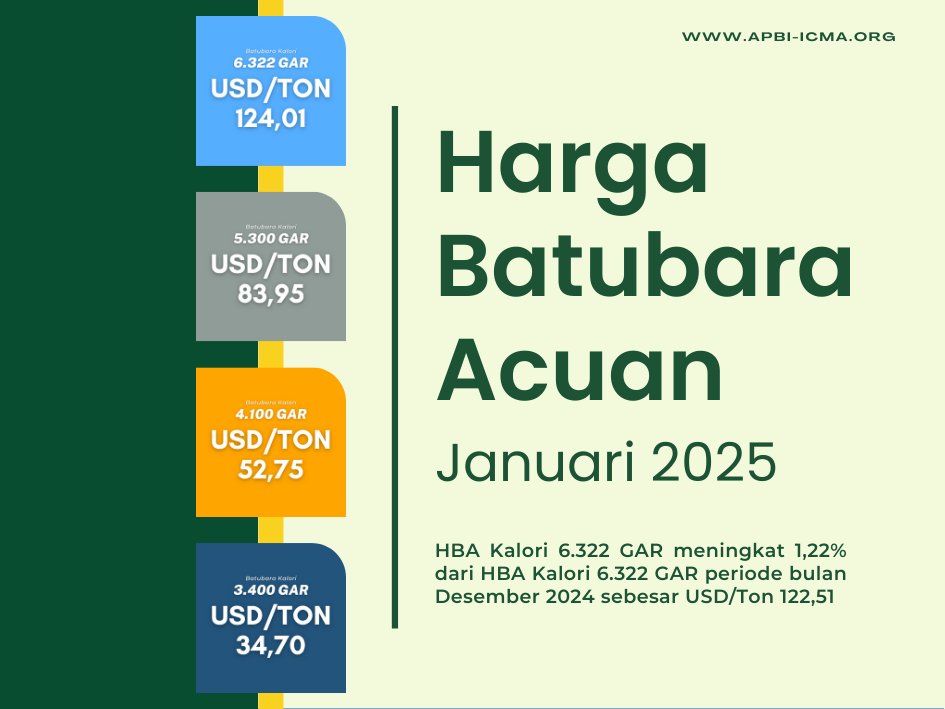
Businesses and MEPs have written to President von der Leyen urging her to include carbon capture, use and storage in her landmark strategy to be unveiled at the end of February.
As European Commission President Ursula von der Leyen prepares her much-anticipated Clean Industrial Deal (CID), meant to address the EU competitiveness concerns raised by Mario Draghi’s report delivered to her last year, Brussels waits to see what will be included.
Last month, a group of 30 members of the European Parliament wrote to the president asking that the strategy specifically include measures to encourage the development of Carbon Capture, Use and Storage technology (CCUS).
“We strongly call upon you to prioritise Industrial Carbon Management (ICM) and to make carbon capture, removal and storage technologies one of the central pillars for industrial decarbonisation in the forthcoming CID,” the MEPs wrote.
The Carbon Capture and Storage Association (CCSA) has also written to the president with the same request.
They are asking for the strategy to include a regulatory framework for low-carbon industrial products, significantly increase the amount of money that can go to CCUS from the Connecting Europe Facility and Innovation Fund budgets, and prioritise an EU regulatory framework for CO2.
Safe storage
Carbon Capture and Storage involves capturing carbon dioxide emissions at their source - such as power plants, cement factories, or steel mills - and then transporting the CO2 to be stored safely underground, often in depleted gas fields or deep saline aquifers.
By preventing CO2 from entering the atmosphere, CCS offers a tool for industries that are difficult to fully decarbonize through renewable energy alone. The technology has been held out as a promising solution particularly for “hard-to-abate” industrial sectors such as cement, steel and chemicals, which cause nearly 25% of EU greenhouse gas emissions.
While renewable energy can replace fossil fuels in sectors like electricity generation, many industrial processes still rely on high-temperature heat or feedstocks that do not have straightforward renewable alternatives. Here, CCS can provide the necessary solution by capturing the emissions that are produced as a by-product of these vital processes.
“CCUS offers Europe the opportunity to decarbonise without de-industrialising,” says Stefano Miriello, head of EU external affairs at CCSA.
“We expect the Clean Industrial Deal to consider all the relevant points that the Draghi report has clearly raised on CCUS. If we are serious about a pragmatic approach to the upcoming deal and we do not want to miss the chance of decarbonising hard-to-abate industries, support for CCUS, and carbon removal technologies such as Direct Air Capture and Bioenergy with CCS, needs to be central.”
Missing the target
The EU has set a target of having 50 million tonnes of CO2 injection capacity by 2030, but it is currently not on course to meet this goal.
The Industrial Carbon Management Strategy put out in February of last year set a goal of capturing approximately 280 million tonnes of CO2 annually by 2040 in the EU.
Miriello says this won’t be possible without significant additional investments to bring projects online.
“We need to look at addressing the funding gap for CCS projects, which is around €10 billion by 2030,” he remarked, adding: “This would allow the EU to compete with the United States and the financial incentives it provided under the Inflation Reduction Act.”
As the Clean Industrial Deal has taken shape, six thematic pillars have emerged that it is expected to be based around: energy security and prices, financing, labour, global action, lead markets, and recycling and critical raw materials. The strategy is expected to be published on 26 February.
Public investment
However public investments in CCUS technology have not been without controversy. Greenpeace, for instance, has accused the technology of giving a license for the continued construction of fossil fuel infrastructure when it is not known if the emissions can actually be abated in the future.
They have said the technology is still unproven and that investment in renewable energy should be prioritised instead.
But Miriello says that there have been recent milestones reached in Europe which show that CCUS technology is on its way to full commercial deployment.
“We’ve had final investment decisions reached for the Greensand Future project in Denmark and the Northern Endurance Partnership and Net Zero Teesside Power projects in the UK. While Northern Lights in Norway and Porthos in the Netherlands also continue to show progress.”
“Northern Lights is now operational and will start injecting CO2 this year. The industry is delivering as promised. There is also positive news from Southern Europe with the Ravenna CCS project in Italy entering Phase 1 and commencing CO2 injection activities. These are relevant steps in building CCUS infrastructure in Europe, and it is now time to solidify Europe's basis for an effective CCUS market.”
Transport management
Two key changes that could be made through the CID which the sector says could make a big difference are setting goals for building industrial carbon management transport infrastructure and enabling the cross-border transport and storage of captured carbon dioxide (CO2) captured between the EU and the United Kingdom.
“Creating a Europe-wide CO2 storage market is required to create economies of scale, drive down costs, develop effective and timely emissions reduction and support deployment – early findings from a CCSA study demonstrate this could provide 20% CO2 storage savings to European emitters,” notes the CCSA letter.
They say this CCUS cooperation could be a very tangible way to meet President von der Leyen’s goal of “strengthening relations with the United Kingdom on issues of shared interest such as energy,” as stated in the guidelines for her new Commission term.
Sumber: https://www.euractiv.com/section/eet/news/will-the-eus-clean-industrial-deal-encourage-carbon-capture/




